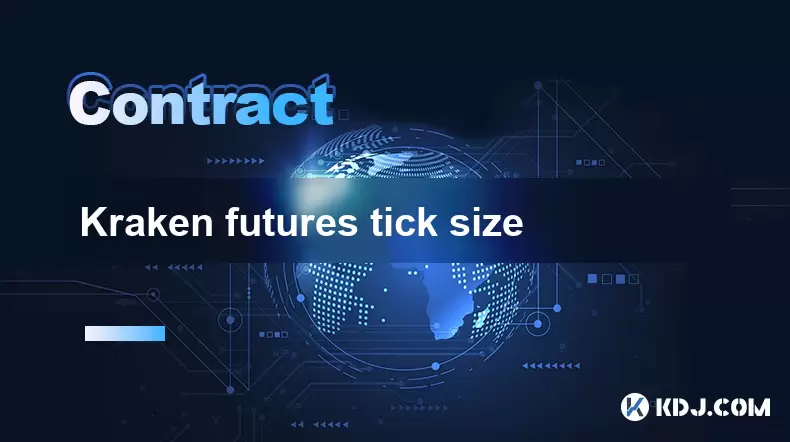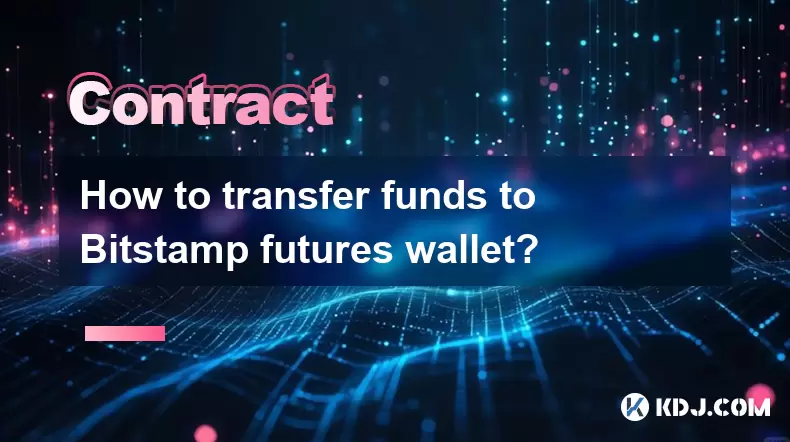-
 Bitcoin
Bitcoin $118900
1.66% -
 Ethereum
Ethereum $3735
1.35% -
 XRP
XRP $3.506
0.71% -
 Tether USDt
Tether USDt $1.000
-0.01% -
 BNB
BNB $799.4
5.78% -
 Solana
Solana $202.0
1.87% -
 USDC
USDC $0.9999
0.00% -
 Dogecoin
Dogecoin $0.2661
1.89% -
 Cardano
Cardano $0.8877
1.59% -
 TRON
TRON $0.3173
2.45% -
 Hyperliquid
Hyperliquid $45.00
2.59% -
 Stellar
Stellar $0.4723
3.40% -
 Sui
Sui $3.970
1.32% -
 Chainlink
Chainlink $19.67
1.94% -
 Hedera
Hedera $0.2710
1.99% -
 Avalanche
Avalanche $25.74
-0.01% -
 Bitcoin Cash
Bitcoin Cash $528.1
1.98% -
 Litecoin
Litecoin $120.1
3.57% -
 Shiba Inu
Shiba Inu $0.00001525
1.26% -
 UNUS SED LEO
UNUS SED LEO $8.989
-0.01% -
 Toncoin
Toncoin $3.304
1.74% -
 Polkadot
Polkadot $4.531
3.38% -
 Uniswap
Uniswap $10.74
2.51% -
 Ethena USDe
Ethena USDe $1.001
0.00% -
 Monero
Monero $325.5
2.44% -
 Pepe
Pepe $0.00001413
1.31% -
 Bitget Token
Bitget Token $4.860
0.85% -
 Dai
Dai $0.9999
0.01% -
 Aave
Aave $307.3
-2.07% -
 Bittensor
Bittensor $448.8
2.91%
Kraken futures tick size
Tick size on Kraken Futures is the smallest price increment a contract can move—critical for accurate pricing, risk management, and order execution. Check contract specs to avoid errors. (154 characters)
Jul 23, 2025 at 11:28 am

What Is Tick Size in Kraken Futures?
Tick size refers to the smallest price increment at which a futures contract can move on the Kraken exchange. This value is crucial for traders because it directly affects the precision of pricing and the minimum profit or loss per contract. On Kraken Futures, tick size varies depending on the specific contract — for example, BTC/USD might have a different tick size than ETH/USD. Traders must check the contract specifications page on Kraken to find the exact tick size for each instrument. Misunderstanding this value can lead to unintended slippage or mispriced orders, especially in fast-moving markets.
Why Tick Size Matters for Traders
Understanding tick size helps traders calculate risk exposure accurately. For instance, if the tick size for a BTC-PERP (perpetual futures contract) is **$0.10**, then each tick movement represents a $0.10 change per contract. If a trader holds 10 contracts, a single tick move equals a $1.00 gain or loss. This granularity becomes especially important for scalpers or algorithmic traders who rely on micro-movements. A smaller tick size allows tighter spreads and more precise order placement, which can improve execution quality. Conversely, a larger tick size may limit strategy flexibility, particularly for high-frequency approaches.
How to Find Tick Size on Kraken
To locate the tick size for any futures contract on Kraken:
- Log in to your Kraken Futures account
- Navigate to the "Trading" tab
- Select the specific futures pair (e.g., BTC/USD)
- Click on the "Contract Specifications" link (usually near the order book)
- Scroll to the "Minimum Price Increment" field — this is the tick size
This process must be repeated for each new contract a trader intends to use. Kraken does not display tick size in the main trading interface by default, so users must actively seek it out to avoid confusion during live trading. Some third-party charting tools may not reflect Kraken’s exact tick size, so always verify via the official contract specs.
Differences Between Tick Size and Lot Size
Tick size should not be confused with lot size. While tick size defines the minimum price movement, lot size determines the smallest quantity you can trade. For example, Kraken might set a tick size of $0.10 for BTC-PERP but a lot size of 0.001 BTC per contract. These values operate independently: - A change in tick size affects how prices are quoted
- A change in lot size affects position sizing and margin requirements
Traders often conflate the two, especially when transitioning from spot to futures trading. Always verify both values before placing an order — incorrect assumptions can result in unintended trade sizes or price levels that get rejected by the system.
How Tick Size Affects Order Entry and Execution
When entering limit orders on Kraken Futures, the price must align with the tick size. For example, if the tick size is $0.10, valid prices must be in multiples of $0.10 (e.g., $43,250.00, $43,250.10, etc.). Attempting to enter a price like $43,250.07 will result in an error. This rule ensures market consistency and prevents fragmented order books. To avoid rejection: - Use the "Snap to Tick" feature in Kraken’s trading interface (if available)
- Manually round your price to the nearest valid tick
- Test with small orders first to confirm correct formatting
This requirement applies to both buy and sell orders. Market orders are exempt from tick size constraints since they execute at the best available price, but limit orders must strictly adhere to the exchange’s tick rules.
Frequently Asked Questions
Q: Can tick size change on Kraken Futures without notice?
No, Kraken publishes all contract specifications in advance. Any changes to tick size would require a formal announcement via their official blog or support channels. Traders should subscribe to Kraken’s futures updates to stay informed.Q: Does Kraken apply the same tick size across all perpetual futures contracts?
No, tick size is asset-specific. For example, BTC-PERP may have a tick size of $0.10, while ETH-PERP might use $0.01. Always check the individual contract specs before trading.Q: What happens if I try to place an order with an invalid tick size?
The Kraken platform will reject the order and display an error message such as “Invalid price increment.” No funds are deducted, and the order will not appear in your open positions list.Q: Is tick size the same for all order types on Kraken Futures?
Yes, tick size rules apply uniformly to limit, stop-limit, and take-profit orders. Market orders bypass tick size constraints because they do not specify a fixed price.
Disclaimer:info@kdj.com
The information provided is not trading advice. kdj.com does not assume any responsibility for any investments made based on the information provided in this article. Cryptocurrencies are highly volatile and it is highly recommended that you invest with caution after thorough research!
If you believe that the content used on this website infringes your copyright, please contact us immediately (info@kdj.com) and we will delete it promptly.
- Binance, Leverage, and Perpetual Contracts: A Trader's Deep Dive
- 2025-07-23 16:50:12
- Cardano, Hoskinson, and the ADA Rally: What's Driving the Surge?
- 2025-07-23 17:30:13
- Bitcoin Profit-Taking, Whale Behavior, and Technical Analysis: A July 2025 Snapshot
- 2025-07-23 17:30:13
- Tom Lee's Bold Bitcoin Prediction: $250K by '25 or $3M Long Term?
- 2025-07-23 16:30:12
- VeChain (VET) Price Prediction: Bullish Breakout or Short-Term Skepticism?
- 2025-07-23 16:50:12
- Jackbit Casino: Your Ticket to Crypto Bonuses and Free Spins in 2025
- 2025-07-23 16:30:12
Related knowledge

Why is my Bitstamp futures position being liquidated?
Jul 23,2025 at 11:08am
Understanding Futures Liquidation on BitstampFutures trading on Bitstamp involves borrowing funds to open leveraged positions, which amplifies both po...

Does Bitstamp offer inverse contracts?
Jul 23,2025 at 01:28pm
Understanding Inverse Contracts in Cryptocurrency TradingIn the realm of cryptocurrency derivatives, inverse contracts are a specific type of futures ...

How to find your Bitstamp futures trade history?
Jul 23,2025 at 08:07am
Understanding Bitstamp and Futures Trading AvailabilityAs of the current state of Bitstamp’s service offerings, it is critical to clarify that Bitstam...

Can I use a trailing stop on Bitstamp futures?
Jul 23,2025 at 01:42pm
Understanding Trailing Stops in Cryptocurrency TradingA trailing stop is a dynamic type of stop-loss order that adjusts automatically as the price of ...

How to trade ETH perpetuals on Bitstamp?
Jul 23,2025 at 03:28am
Understanding ETH Perpetual ContractsETH perpetual contracts are derivative products that allow traders to speculate on the price of Ethereum without ...

How to transfer funds to Bitstamp futures wallet?
Jul 23,2025 at 04:14pm
Understanding Bitstamp Futures WalletBefore initiating any transfer, it’s crucial to understand that Bitstamp separates your Spot Wallet from your Fut...

Why is my Bitstamp futures position being liquidated?
Jul 23,2025 at 11:08am
Understanding Futures Liquidation on BitstampFutures trading on Bitstamp involves borrowing funds to open leveraged positions, which amplifies both po...

Does Bitstamp offer inverse contracts?
Jul 23,2025 at 01:28pm
Understanding Inverse Contracts in Cryptocurrency TradingIn the realm of cryptocurrency derivatives, inverse contracts are a specific type of futures ...

How to find your Bitstamp futures trade history?
Jul 23,2025 at 08:07am
Understanding Bitstamp and Futures Trading AvailabilityAs of the current state of Bitstamp’s service offerings, it is critical to clarify that Bitstam...

Can I use a trailing stop on Bitstamp futures?
Jul 23,2025 at 01:42pm
Understanding Trailing Stops in Cryptocurrency TradingA trailing stop is a dynamic type of stop-loss order that adjusts automatically as the price of ...

How to trade ETH perpetuals on Bitstamp?
Jul 23,2025 at 03:28am
Understanding ETH Perpetual ContractsETH perpetual contracts are derivative products that allow traders to speculate on the price of Ethereum without ...

How to transfer funds to Bitstamp futures wallet?
Jul 23,2025 at 04:14pm
Understanding Bitstamp Futures WalletBefore initiating any transfer, it’s crucial to understand that Bitstamp separates your Spot Wallet from your Fut...
See all articles

























































































